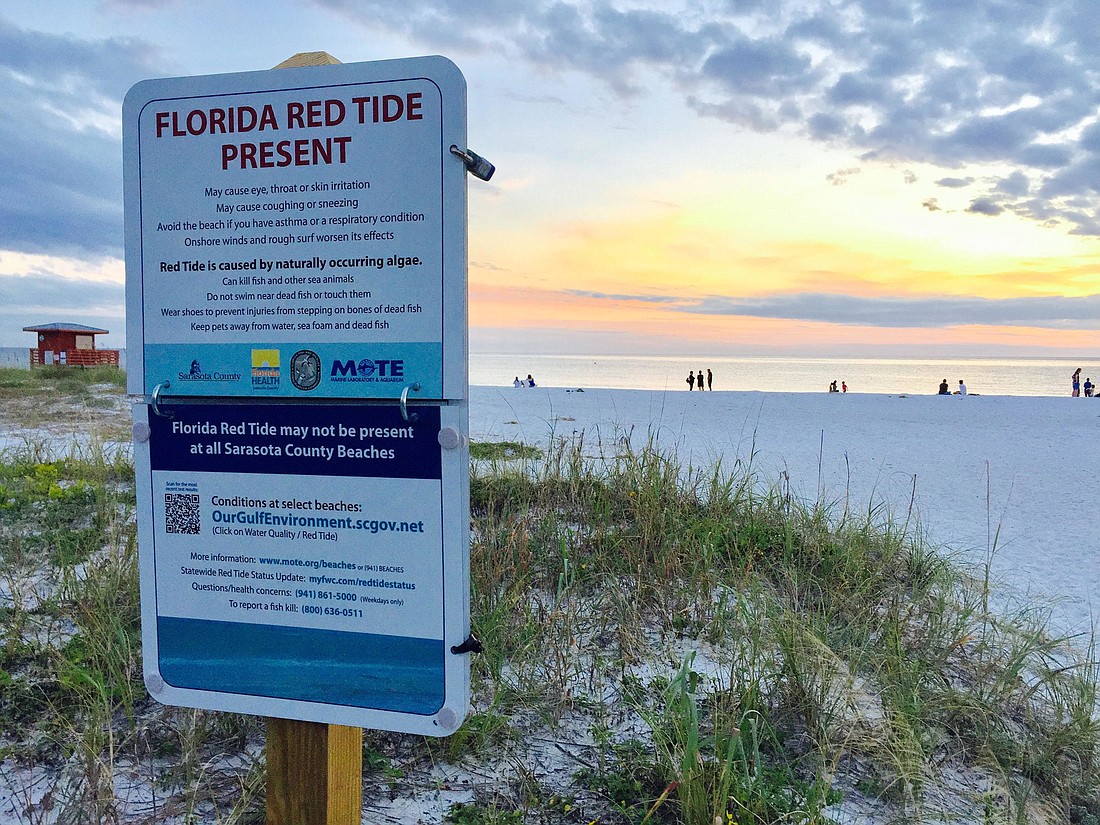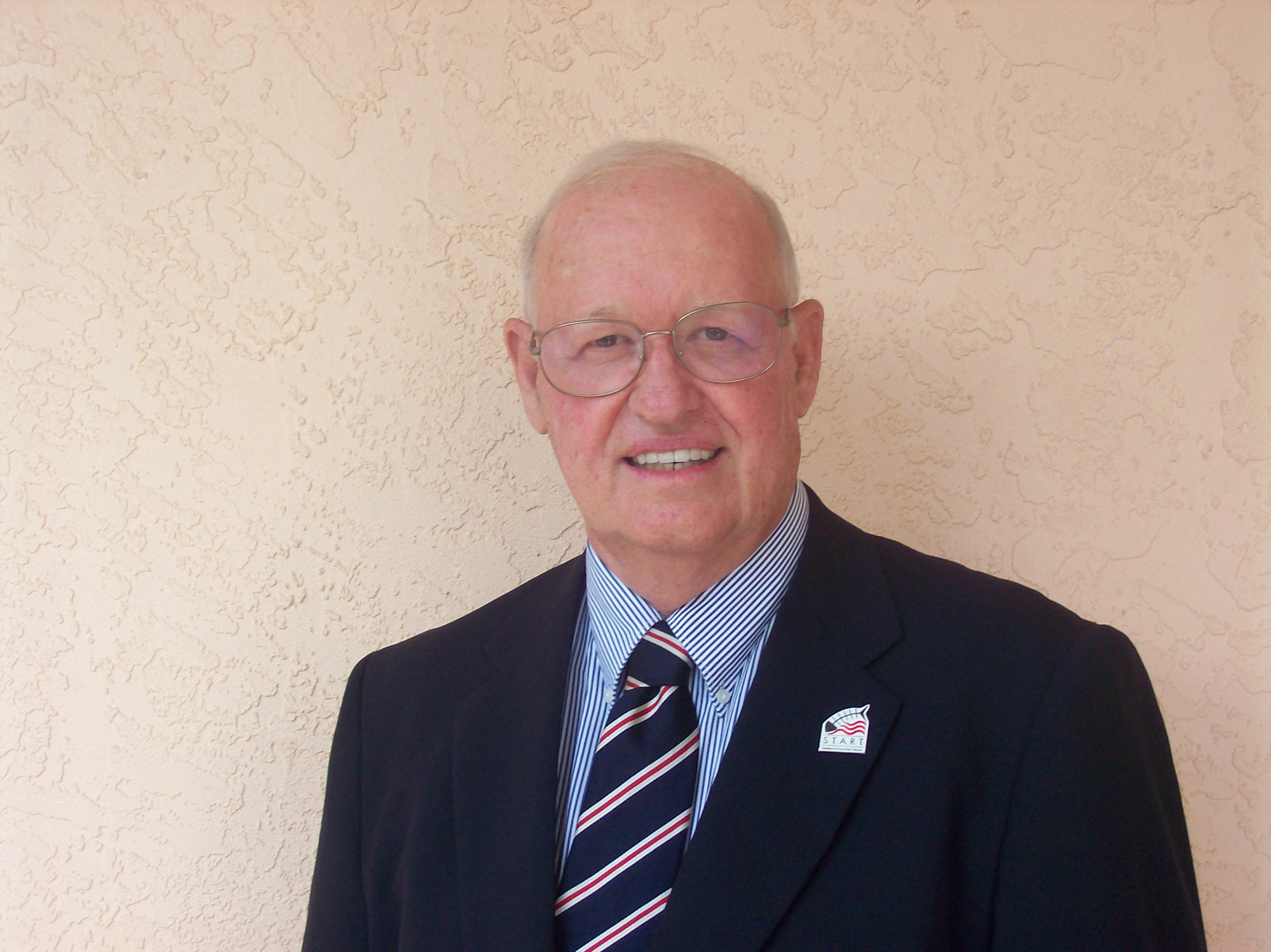- April 24, 2024
-
-
Loading

Loading

Solutions To Avoid Red Tide (START) was launched in 1995 by then-Longboat Key Mayor, Gen. Jim Patterson in response to a devastating yearlong red tide bloom. Ever since, we have been at the forefront of educating the public about how to cope with this perennial plague.

A number of years ago, START shifted its primary focus away from just educational information to a more proactive stance in producing programs that reduce the nutrients in our waterways that feed red tide. START’s plans for 2019 include:
Our contact with policy makers has been in full swing since last summer and has been met with a positive response. We have been assured that the commitment to finding solutions to control red tide has never been higher in Tallahassee as seen in Gov. Ron DeSantis’ executive order for $2.5 billion to deal with the polluted releases from Lake Okeechobee. While this and other initiatives are a good sign of progress, as mentioned below, we will need your help to really make it happen.
The cornerstone of START’s nutrient reducing activities is our award-winning Gulf Coast Oyster Recycle and Renewal (GCORR) Program. START is the administrator of the GCORR Partnership consisting of the Chiles Restaurant Group (Beach House, Mar Vista and The Sandbar), the Manatee County Department of Natural Resources, the Gulf Shellfish Institute and the University of Florida Sea Grant Program. Used oyster shells are collected by the restaurants and delivered to Perico Preserve where they are stored until ready to use to build new oyster reefs. Oysters are an important tool for water quality as one oyster can filter from nine to 50 gallons of seawater every day. In 2018, the GCOOR Program kept 30 tons of restaurant shell out of our landfills and available for use to build new oyster reefs. Using the shell from restaurants also produced 23% more new oyster spat than the fossil shell usually used for oyster restorations. This year we have expanded the number of participating restaurants to 11 which is expected to provide over 80 tons of shell.
START also helps fund the purchase of native Southern Quahog clams for the Sarasota Bay Watch’s Clam Seeding Program in Sarasota Bay. Clams are also excellent water filters, have a life span of 20 years or more and are very resistant to red tide. In 2018, nearly 300,000 clams were seeded into the Bay. With each clam filtering 10 gallons of seawater a day, this clam project filters 3 million gallons daily. This year the program will be expanded to include an additional 200,000 mature clams along the Pier in Bradenton Beach. This program utilizes clams that could not be harvested for market because of the prevailing red tide and would have been lost as a source of revenue by the clam farmers. Now the larger, more predator-resistant clams that have less market value to a restaurant can be sold to the Bradenton Pier restoration project as valued brood stock to populate the new colony.
Our most exciting project involves a new Passive Nutrient Media (PNM) process that is currently being used in a major local neighborhood to reduce the nutrients in their grey or reclaimed water used for irrigation. So far in the testing phase, the process has reduced the nitrogen level by over 70% and the phosphorus by over 50%. START is hoping to work with the hydrology company to bring the PNM process to local neighborhoods to help remove nutrients in their stormwater holding ponds before they flow into the Bay.
There are a number of things you can do to help reduce the nutrients in our waterways that feed red tide. First, be sure to remind our policy makers in Tallahassee that we need them to appropriate the necessary funding to improve our wastewater and septic system infrastructure. The best way to do that is with short emails saying things like “Keep Okeechobee releases out of our waterways” or “Please assist our local governments with funding to convert more septic systems to sewers.” Emails are the medium of choice because many letters do not reach the intended policy maker, but are simply counted by staff as a “pro” or “con” on a given issue.
For a list of key policy makers’ email addresses, contact us at [email protected].
Our “Red Tide And You” presentation with information about red tide and how you can personally deal with it will be available for public screenings in a few months. To arrange a showing for your neighborhood or organization contact me at [email protected]. I look forward to hearing from you.